Scientists Discover Bacteria That Turn Toxic Metal into Pure 24-Karat Gold
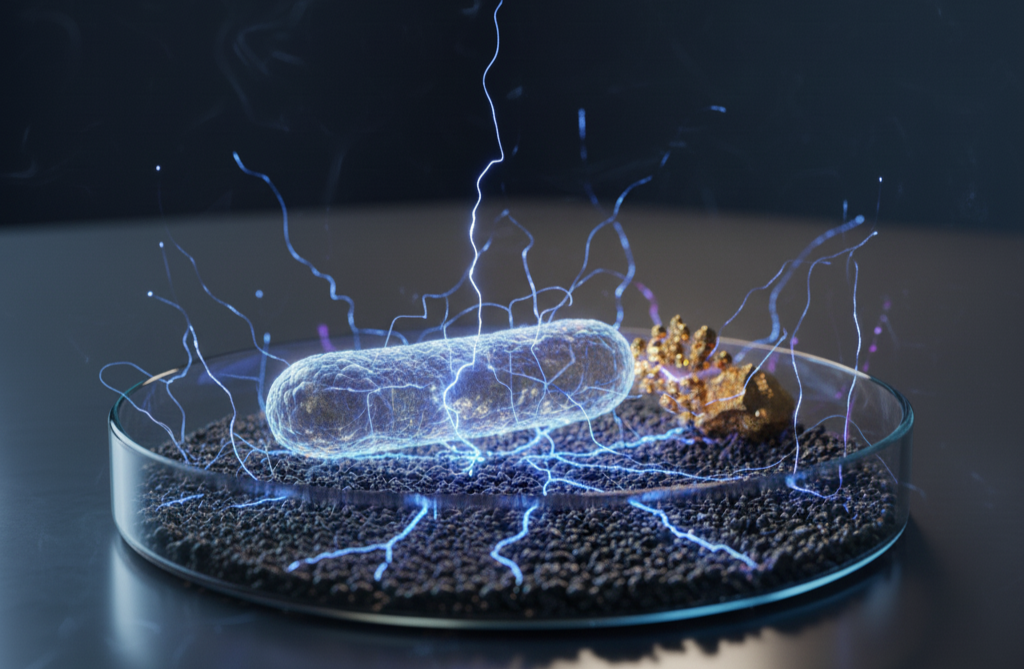
Some discoveries sound almost mythical. The idea of a bacterium that can “eat” metal and excrete pure gold feels like something out of an ancient alchemist’s dream. The headlines call it the “gold-pooping microbe,” the organism that turns poison into treasure. But beneath the sensationalism lies a far more profound truth: one that doesn’t just redefine our understanding of biology, but our perception of life’s resilience. This story isn’t about microbes spinning gold for fortune. It’s about survival, adaptation, and the brilliance of life finding balance in the most toxic corners of the Earth. This discovery reveals not just how incredible nature can be, but how much we can learn from it, from cleaning our planet to understanding its deepest geological processes.
The Gold-Making Survivor: A Bacterium Built for the Impossible
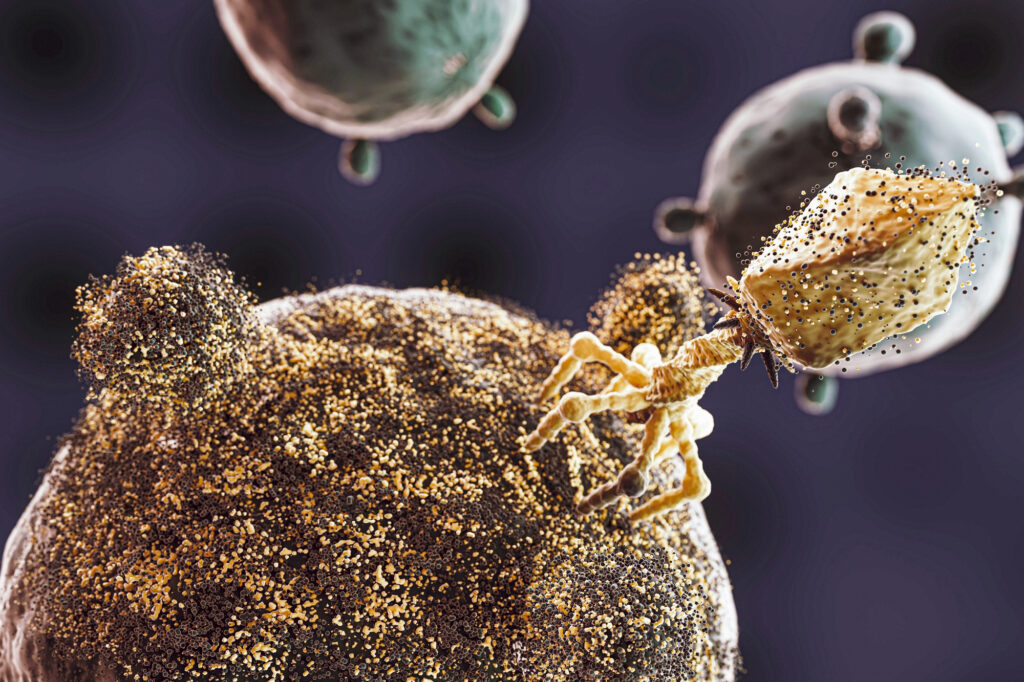
In the soil of metal-rich environments where most life would perish, there thrives a microscopic survivor called Cupriavidus metallidurans. This bacterium is an “extremophile,” an organism that thrives in conditions lethal to most other life forms. It is commonly found in industrial waste sites, mining runoff, and soils naturally heavy with toxic metals. It doesn’t feast on gold for energy or pleasure. Instead, it performs one of nature’s most remarkable defense mechanisms: transforming deadly, soluble gold compounds into harmless, solid 24-karat gold nanoparticles.
For years, scientists thought this process was accidental, a mere passive chemical reaction happening around the bacteria. But research led by Professor Dietrich Nies in Germany and Professor Frank Reith in Australia proved otherwise. Through years of genetic and biochemical analysis, they discovered that C. metallidurans possesses a highly specific and evolved set of genes for metal resistance. They found that the bacterium carries a special enzyme, CopA, which it actively uses to detoxify its environment by converting poisonous, water-soluble gold ions into solid, inert metal.
This isn’t digestion. It’s detoxification. The bacterium isn’t “eating” gold for nourishment; it’s neutralizing a mortal threat. It’s a microscopic survivalist, armed with a sophisticated defense system that just happens to produce one of the most precious materials on Earth.
Turning Poison into Protection

The secret behind this microbe’s “alchemy” lies in its challenging environment. C. metallidurans lives in soils rich in copper and gold—two metals that, when combined in their soluble ion forms, become an almost perfect storm of toxicity. Separately, the bacterium can handle high levels of copper. But when both metals enter its system, they interact in a deadly way known as synergistic toxicity: meaning the mixture is far deadlier than either metal alone.
Here’s the step-by-step process of this cellular defense:
- The Initial Threat: Soluble gold ions (like those found in gold chloride) enter the bacterium’s outer membrane. These ions are highly reactive and destructive.
- A Crippling Attack: The gold ions immediately target and disable an enzyme called CupA, whose normal job is to pump excess, toxic copper ions out of the cell.
- The Secondary Crisis: With CupA disabled, copper, which is also present in the soil, builds up inside the cell to fatal levels. The bacterium is now facing two threats at once.
- The Golden Solution: To survive this two-front war, the bacterium activates its emergency defense: the CopA enzyme. This enzyme intercepts the toxic gold ions before they can disable CupA.
- Detoxification: CopA rapidly converts the reactive gold ions into solid, inert 24-karat gold nanoparticles. These particles are chemically stable and non-reactive, posing no further threat to the cell’s machinery. They remain trapped safely as tiny metallic specks within the periplasm (the space between the bacterium’s inner and outer membranes).
In simple terms, this microbe converts poison into armor. It doesn’t create gold to thrive; it creates gold to stay alive. The solid gold is a byproduct of its survival, a monument to its victory over a toxic world.
The Art-Science Experiment That Made the World Look Twice
While the foundational research came from laboratories in Germany and Australia, it was a 2012 collaboration between science and art that made the discovery famous. At Michigan State University, microbiologist Kazem Kashefi and artist Adam Brown created a stunning installation titled The Great Work of the Metal Lover.
This piece of “bio-art” consisted of a custom-built, gold-plated bioreactor in a sterile glass case. Inside, the team grew dense cultures of C. metallidurans and fed them a steady diet of a substance they would never encounter in nature in such high concentrations: pure, toxic gold chloride. Over seven days, spectators watched a miraculous transformation. The bacteria, working around the clock to defend themselves, transformed the poisonous liquid into a small but visible lump of pure, 99.9% 24-karat gold.
The experiment wasn’t about creating wealth; it was about revealing wonder. It was a tangible, beautiful demonstration of an invisible biological process. The media called it “microbial alchemy.” But behind the spectacle was something more profound: proof that resilience can look like art, and that science can carry poetry in its precision. It forced the public to see microbes not just as germs, but as microscopic engineers and artists.
Earth’s Hidden Goldsmiths: How Microbes Shape the Planet
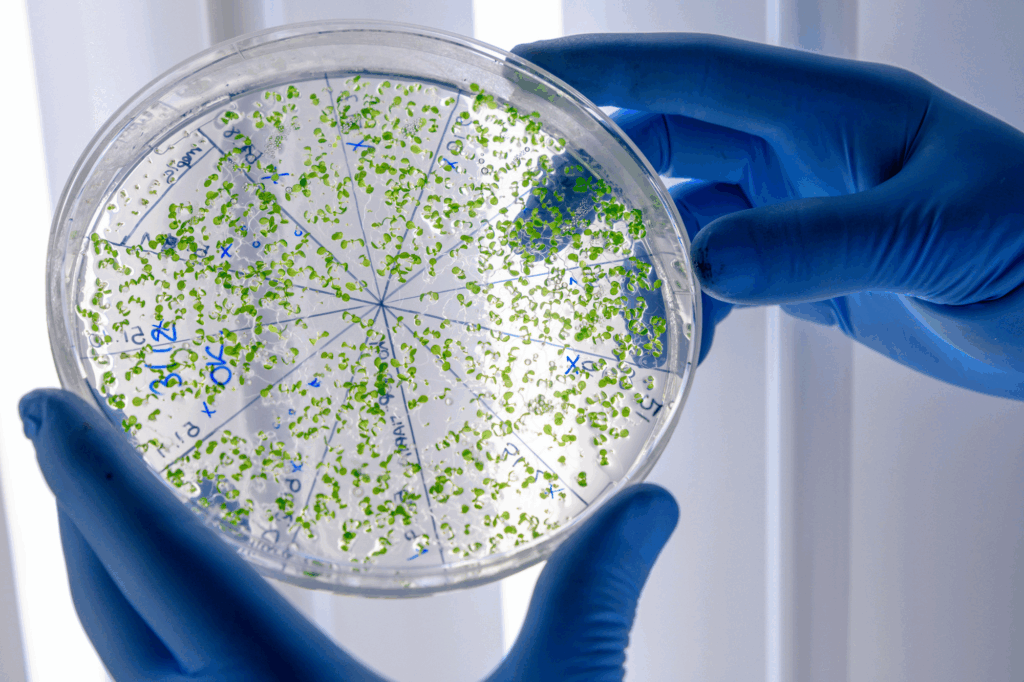
The idea that bacteria can create gold isn’t just a laboratory curiosity; it’s a discovery that fundamentally changed how geologists view our planet. For decades, scientists believed gold nuggets formed purely through inorganic chemical and physical reactions deep underground: extreme heat, immense pressure, and hot water flows. But when researchers studied C. metallidurans colonies living on natural gold grains, they realized something extraordinary: bacteria were actively involved in shaping and growing these nuggets.
This process is a form of biomineralization. These microbes form sticky communities known as biofilms, which allow them to attach to tiny gold particles in soil and groundwater. As they continuously detoxify soluble gold compounds flowing past them, they leave behind tiny solid nanoparticles. Over geological time (centuries and millennia) these particles accumulate, fuse together, and effectively “grow” the gold grain.
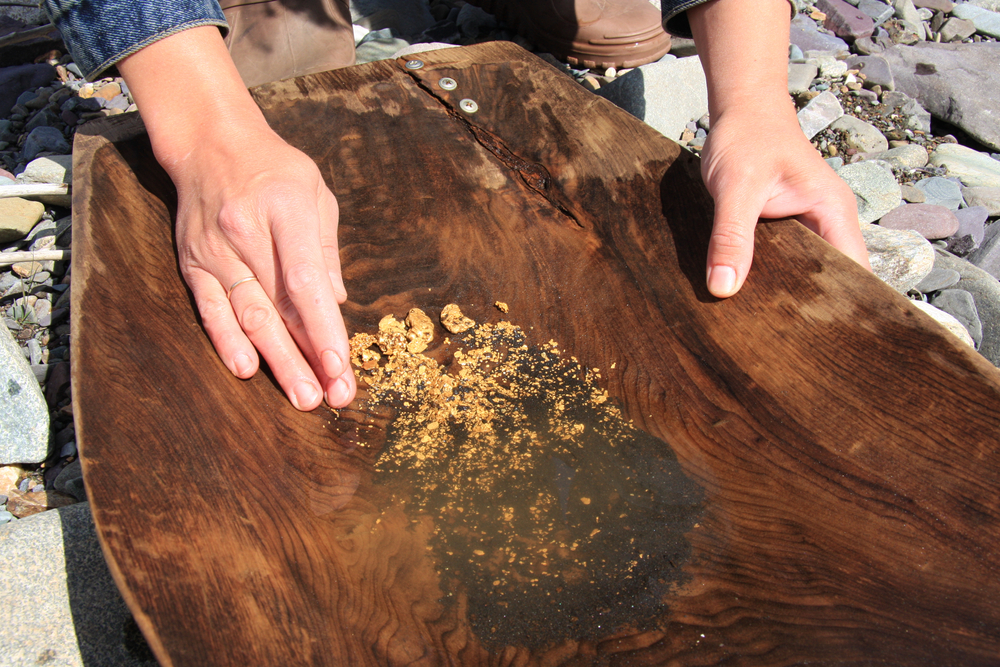
This theory explains a long-standing mystery: why gold nuggets are often found in environments like soils and riverbeds, far from the primary veins where they supposedly formed. It’s because microbes are acting as nature’s goldsmiths, concentrating and solidifying the gold. Under powerful microscopes, scientists have even found fossilized bacterial patterns and “footprints” on the surfaces of natural gold nuggets: a microscopic signature of life’s ancient handiwork.
So when we hold a piece of gold, we may be holding a piece of biology: a mineral shaped not just by pressure and time, but by quadrillions of living cells that turned toxicity into endurance.
The Real Promise of “Microbial Gold”
It’s tempting to imagine vast bacterial farms churning out gold bars, but the reality is less glamorous. The process happens in microscopic quantities, and scaling it up to “biomine” gold would cost far more in nutrients and equipment than the resulting gold would be worth. Yet, the true value of this discovery doesn’t lie in profit; it lies in potential.
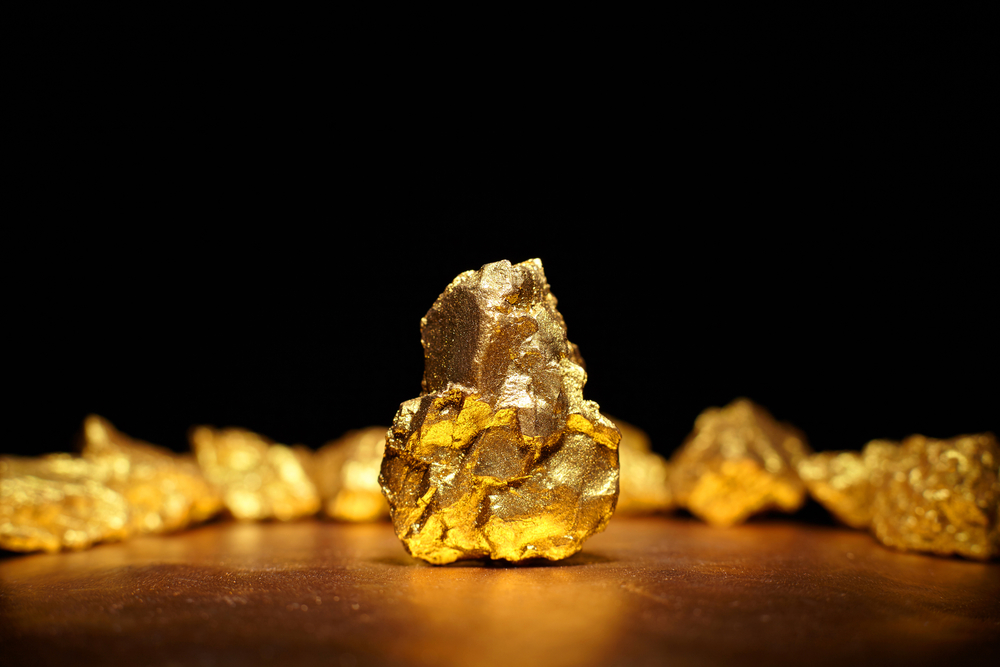
The real promise is in bioremediation and sustainable recycling.
- Cleaning Toxic Waste: These bacteria could be deployed to clean up toxic waste from mining operations, neutralizing soluble gold and copper compounds and preventing them from leaching into groundwater and poisoning ecosystems.
- Eco-Friendly Mining: Traditional gold extraction often relies on toxic chemicals like cyanide or mercury, which cause immense environmental devastation. Future facilities could use vats of bacteria as natural, self-replicating purifiers to extract gold from low-grade ore without these harmful chemicals.
- Recycling E-Waste: Our discarded electronics (e-waste) are a massive, growing environmental problem, containing a cocktail of toxic materials but also valuable metals like gold, copper, and palladium. Instead of smelting or using harsh acids, “biomining” facilities could use C. metallidurans (and other metal-metabolizing microbes) to selectively dissolve and then recover these precious metals, promoting a true circular economy.
In essence, C. metallidurans may not make us rich in gold, but it could help us become richer in sustainability. It reminds us that innovation often hides in the most unexpected places, and the solution to our biggest industrial problems might be microscopic.
Finding the Gold Within

The story of Cupriavidus metallidurans isn’t just about science; it’s a mirror for human life. It’s a powerful metaphor for resilience. In a world full of challenges, toxicity, and adversity, survival often depends on transformation. Where others might see only danger, this bacterium sees a chance to adapt. It doesn’t avoid what harms it; it confronts the threat, redefines it, and reshapes it into inert protection.
This principle is seen elsewhere in nature: from plants that pull heavy metals from the soil (phytoremediation) to the bizarre ecosystems thriving on sulfur at deep-sea hydrothermal vents. Life doesn’t just exist; it persists by being creative, by turning waste into food, and poison into protection.
Maybe that’s the deeper lesson here: that we, too, can turn what hurts us into something that shields us. That even when surrounded by negativity or pain, we have the capacity to process it and create something pure, valuable, and lasting from the experience. The gold isn’t just in the ground; it’s in the process of becoming.
Source:
- Bütof, L., et al. “Synergistic Gold–Copper Detoxification at the Core of Gold Biomineralisation InCupriavidus Metallidurans.” Metallomics, vol. 10, no. 2, 2018, pp. 278–286, https://doi.org/10.1039/c7mt00312a. Accessed 16 Nov. 2020.
Loading...

